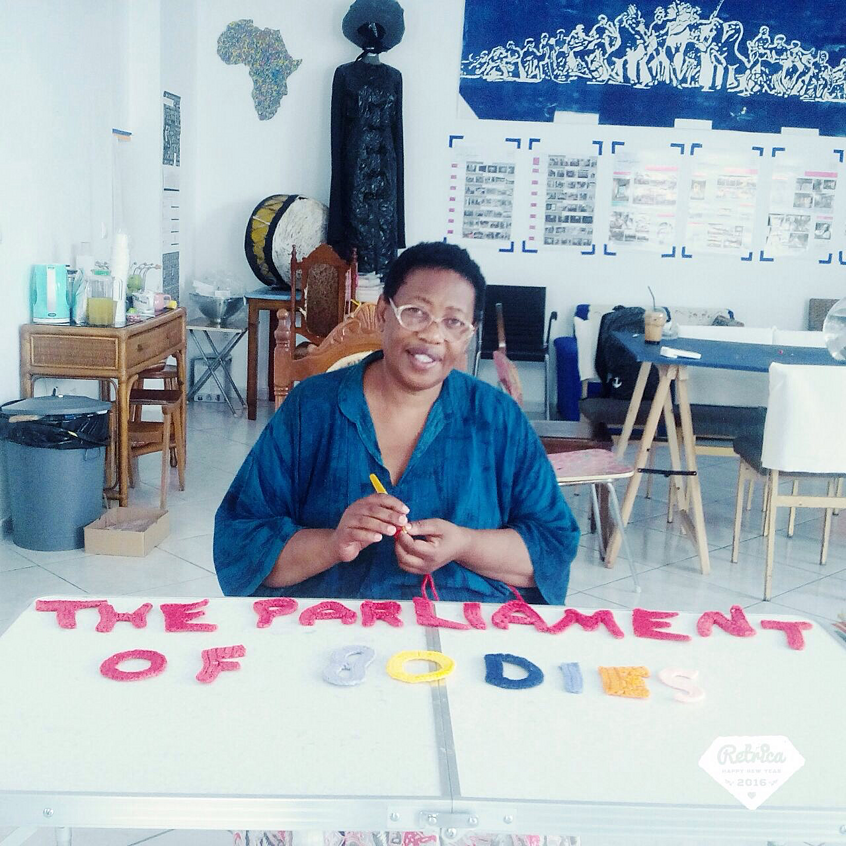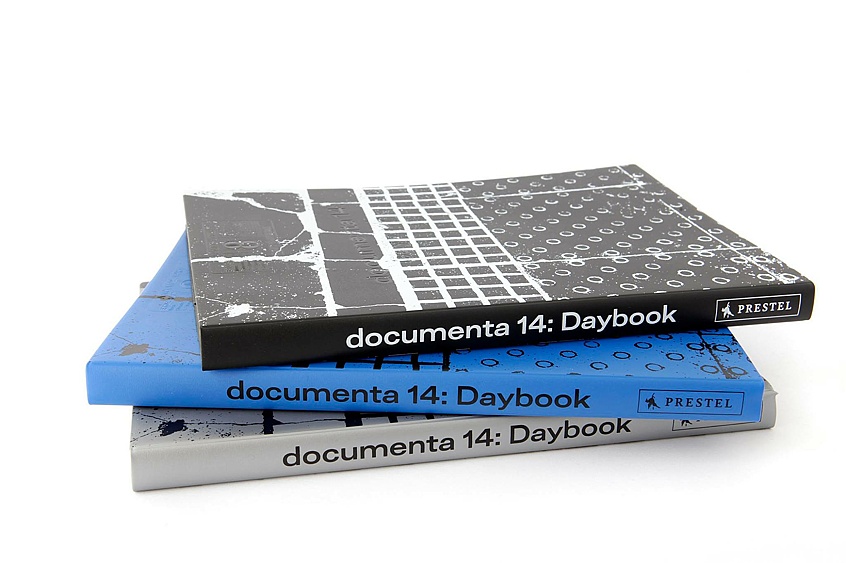There are fears that globalization is making different cultural identities homogeneous, yet it often enables a cosmopolitanism that enables different local practices to coexist although some differences collapse. Similar ideas can be seen in the past as well.
In an extraordinary visual effort to bring together diverse religious communities, the Buddhist goddess Hariti in Gandhara began to be shown with children that came from Egypt, Iran, Lebanon, Syria, Greece, and mainland India. Viewed from the perspective of these diverse children, she might not actually have been the Buddhist Hariti to them all. While the Greeks thought of her as Demeter, the Egyptians probably regarded her as Isis, and the Hindus as a matrika. In an age of diaspora, we often think about how a single image can be made to communicate to diverse people. What can the art of Gandhara tell us?
Similarly, an image for the Bodhisattva Vajrapani was created in such a way that he could be read either as the Zoroastrian Behram, or the Roman Hercules. Indra doubled as Zeus; Shiva as Oesho and Dionysius.
This talk provides a close reading of some of these extraordinary iconographic developments in Gandhara in order to show what kind of images emerged in that multicultural society. Images, it will be seen, can be polyvalent, or sometimes syncretic; however, as we shall see in this talk they also accommodate differences.
In cooperation with the Goethe-Institut
Naman P. Ahuja is a expert on Indian sculpture and iconography. He is Professor of Indian Art and Architecture at Jawaharlal Nehru University in New Delhi and Editor of Marg. He is widely published: as a Fellow at the Ashmolean Museum, Oxford, he authored a comprehensive catalog of its ancient Indian collections. His book The Making of the Modern Indian Artist-Craftsman: Devi Prasad (Routledge, 2011), provided a case study of the impact of the Arts and Crafts Movement on India. The Body in Indian Art and Thought (Ludion, Antwerp, 2013, also in French and Dutch) explores a variety of historic and aesthetic approaches to what drives people to make images. And most recently, The Arts and Interiors of Rashtrapati Bhavan: Lutyens and Beyond, (co-edited with Partha Mitter, Publications Division of India 2016), explores the politics of the interior design of the presidential palace in India. He has been the curator in charge of Indian sculpture at the British Museum in addition to curating several exhibitions independently, and has been a visiting professor at the University of Zurich, the Kunsthistorisches Institut in Florence, the University of Alberta in Edmonton, and at SOAS, his alma mater.



